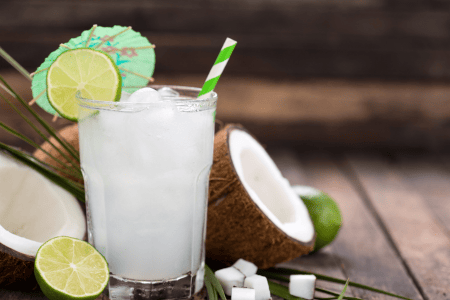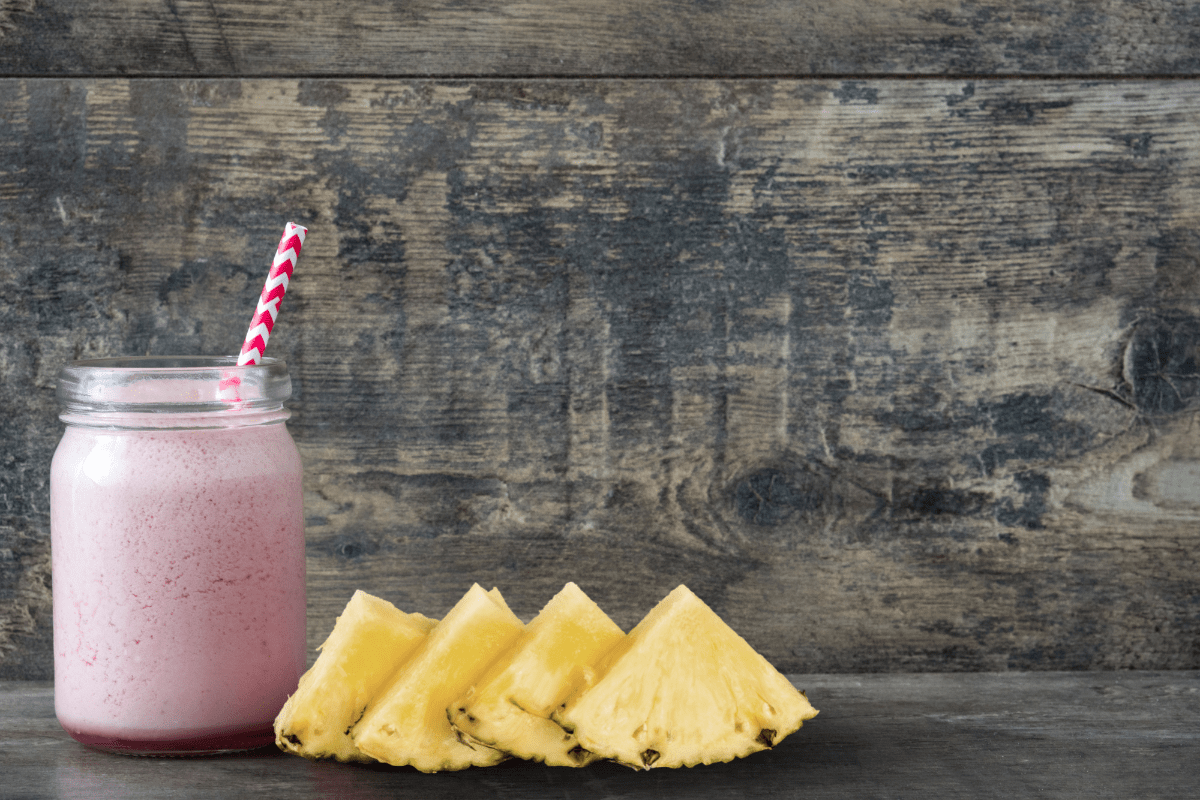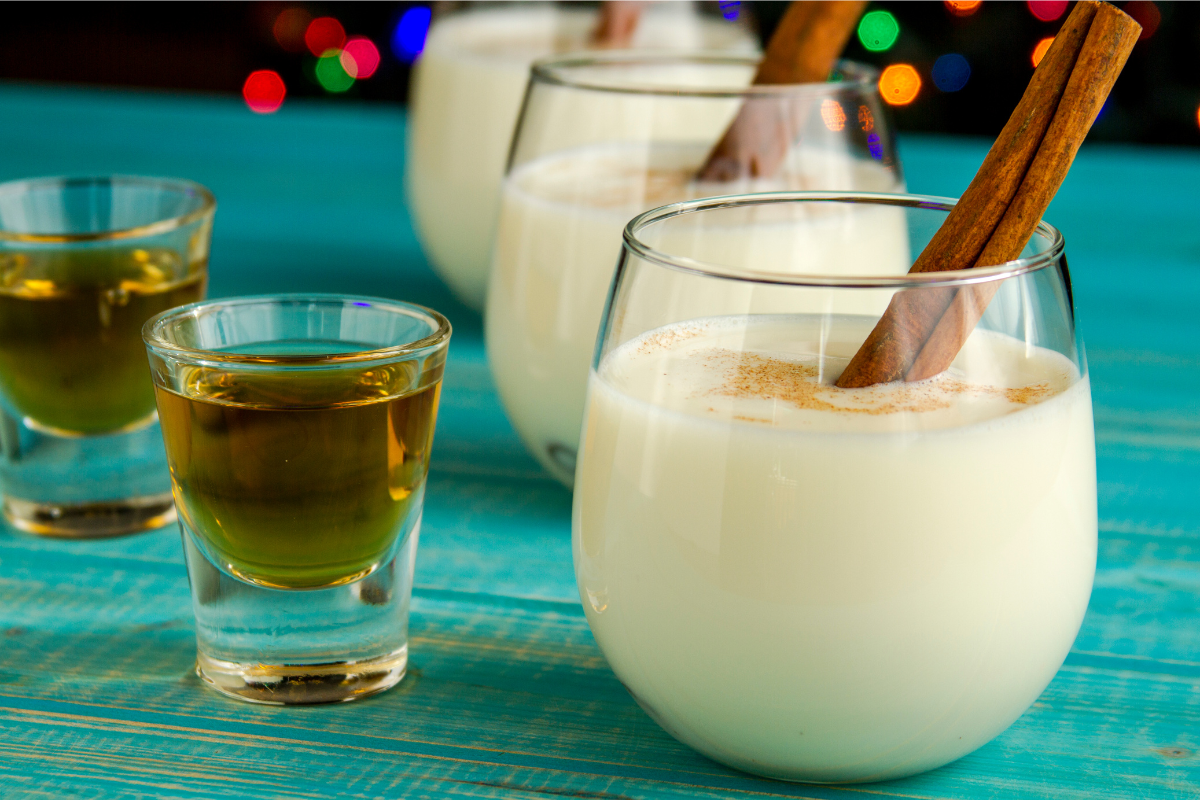
Coconut features heavily in much of traditional Brazilian cuisine. This is especially true in the north and northeastern regions of the country, which account for more than 80 percent of the country’s entire crop. You can find coconut milk enriching soups and stews, added to desserts, and of course, blended into drinks. Today’s recipe is a refreshing coconut cocktail called a batida de coco. Creamy, frothy, and incredibly simple to make, we’re certain you’ll be adding this to your list of poolside cocktails.
Shaken Drinks in Brazil
For many of us, fruity adult beverages mean blended beverages: pina coladas, blended margaritas, daiquiris, and even frozen wine cocktails are a favorite in America. But Brazilians tend to favor shaken and muddled drinks over blended ones. The word batida itself means “shaken” in Portuguese.
While today’s coconut cocktail recipe does involve a blender, it is merely to incorporate the liquid ingredients and produce a frothy texture and appearance. The ice will remain separate. If you wish, however, you can blend the ice with the other ingredients to make a blended version.
Cachaça Substitutes for Batida de Coco
Your Brazilian coconut cocktail wouldn’t truly be Brazilian without a key ingredient: cachaca. Cachaca is the national liquor of Brazil. It is strictly regulated and, like rum, can be produced in light or dark varieties. Unlike rum, however, cachaca is made from fresh sugarcane juice that has been fermented. Rum is also derived from sugar, but it is made from the by-products of boiling it (namely, molasses).
Cachaca has become more popular outside of Brazil in the last few years, so you shouldn’t have any trouble finding it at a larger liquor store. If you simply cannot find it, though, you can substitute a spiced rum or vodka. It may not be authentic, but you will still be getting a taste of Brazil with the coconut and condensed milk flavors.
How to Choose Cachaca?
Again, cachaca is gaining in popularity, so you may be able to find several varieties at your local bottle shop. Cachaca may be consumed young or aged, light or dark. So what makes a good cachaca? In general, you want to look for small batch cachaca that has been pot distilled. Column distilled cachaca is mass produced and will lack depth of flavor.
In terms of age, this will be your preference. Younger cachaca will retain some of the grassy, bright flavors of the sugarcane, while older varieties will incorporate the flavor of the wooden barrels in which they were aged. This can lend a smoky layer that you may or may not like.
When it comes to a coconut cocktail, we tend to find that a semi-aged, small batch cachaca adds both a level of brightness and sophistication to an otherwise heavy drink. But again, you can customize this ingredient to suit your own palette.
Related: How to Make a Caipirinha
Coconut Cocktail Recipe from Brazil (Batada de Coco)
Makes eight 8 oz cocktails
Ingredients:
8 oz cachaca, rum, or vodka
2 cups coconut milk
2 cups coconut water
20 oz of sweetened condensed milk (more or less to taste)
Ice cubes
Directions:
- Fill a large pitcher with ice and pre-chill serving glasses in the freezer.
- Put all ingredients except for the ice in the belly of a blender. Blend or pulse until the mixture is frothy and uniform.
- Pour the mixture over the ice in the pitcher. If any of the ice has melted during blending, replace it with fresh ice.
- Fill the chilled glasses to the brim and garnish with fresh grated coconut and lime rounds. Enjoy responsibly!


